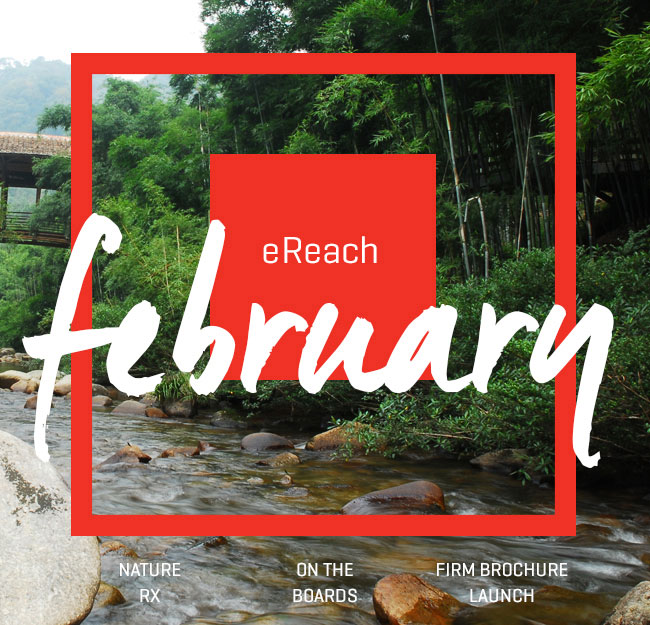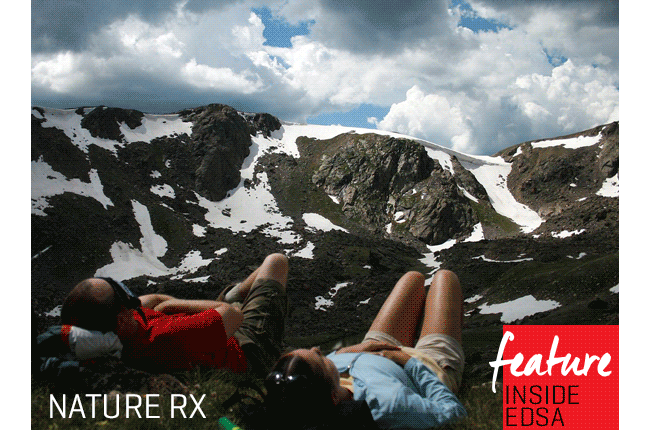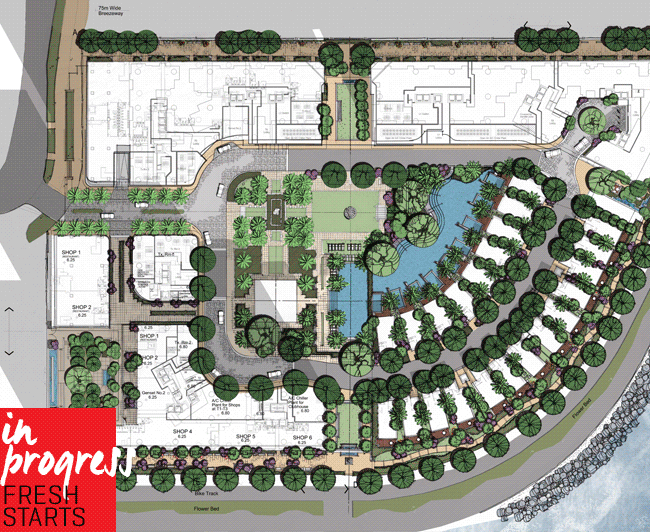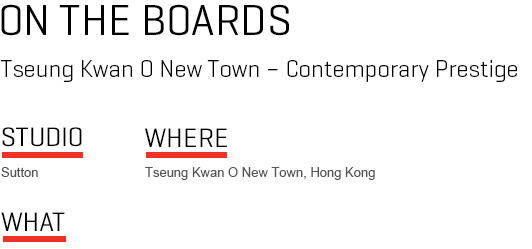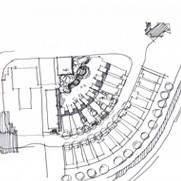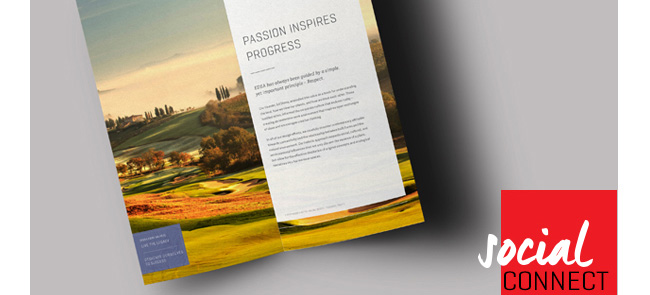Despite the many benefits of city living, people still find themselves drawn to the restorative power of nature. Some say this is innate, but science has mounting evidence on nature's positive effects to our physical, emotional, and mental well-being.
Our lives are busier than ever with jobs, school, family, and more. Trying to focus on many activities or even a single thing for long periods can be mentally draining, a phenomenon called Directed Attention Fatigue. Spending time in nature gives the cognitive portion of our brain a break, allowing us to refocus our energies. In support, a recent study of children with ADHD showed improved concentration after 20-minute guided walks in a park, as opposed to downtown urban areas. Inexpensive and free of side effects, 'green breaks' during the day improve mental functioning and state of mind.
Results like these are not new. In Japan, the health benefits of being in nature have been practiced through 'Shinrinyoku' since the early 1980s. 'Shinrinyoku' encourages the populace to get out into nature, to literally 'bathe' in green space, and take advantage of public owned forest networks as a means of promoting health. Strolling among the canopy of a living forest has been shown to provide balance and perspective, making it no surprise that these natural sanctuaries possess the ability to strengthen and heal.
When tested against the Profile of Mood States criteria, 'Shinrinyoku' significantly decreased feelings of anxiety, depression, anger, confusion, and fatigue. Dr. Qing Li, Associate Professor at Nippon Medical School inferred that 'forest bathing' exposes people to air containing volatile essential oils from surrounding trees, which increases the number and activity of natural killer (NK) cells that bolster the immune system. In a related study, Li monitored groups who participated in three-day trips into forests and immersive eco-lodges. Blood tests taken before and after showed a significant boost in NK white blood cells. In similar studies across 44 different sites throughout Japan, groups sat in the forest to absorb natural surroundings, while an urban-based control group viewed city life. Forest groups had lower stress hormone levels, blood pressure, and heart rates while parasympathetic nervous activity was enhanced by 55,, indicating a relaxed biological system. Both studies conclude that leaving the civilized world behind, even for a few hours, could be the healthiest thing you do.
What holds true for devotees of 'Shiniinyoku. in Tokyo is also applicable in similarly sized cities like Los Angeles, New York, Sao Paolo, and beyond. For many, 'Shinrinyoku' puts a name to the recognized state of calm and relaxation that comes from being in nature. Programming at high-profile wellness/spa retreats and wilderness-wellness resorts now integrate the. Principles into daily activities such as guided wilderness excursions. Chic 'nature pod' designs are also removing barriers between people and nature both residentially and in the resort world. Governments, too, are establishing park space within natural public forests for people to use for therapy activities such as walking and meditation.
Among the many reasons to preserve what is left of our forests, the mental health aspects stand tall. The notion that forests have a special place in the realm of public health is becoming increasingly important as we migrate back towards downtown-centric lifestyles. Renowned landscape architect Frederick Law Olmsted believed people need contact with nature to lead healthy, balanced lives. Artful design and science now agree exposure to natural landscapes cultivate transcendent moments of extreme happiness that ultimately improve our overall well-being. The role of land planning and landscape architecture in the immediate and lasting future will be to deliver that experience to the fullest extent possible in any destination.
Please feel free to email us at communications@edsaplan.com with any questions.
